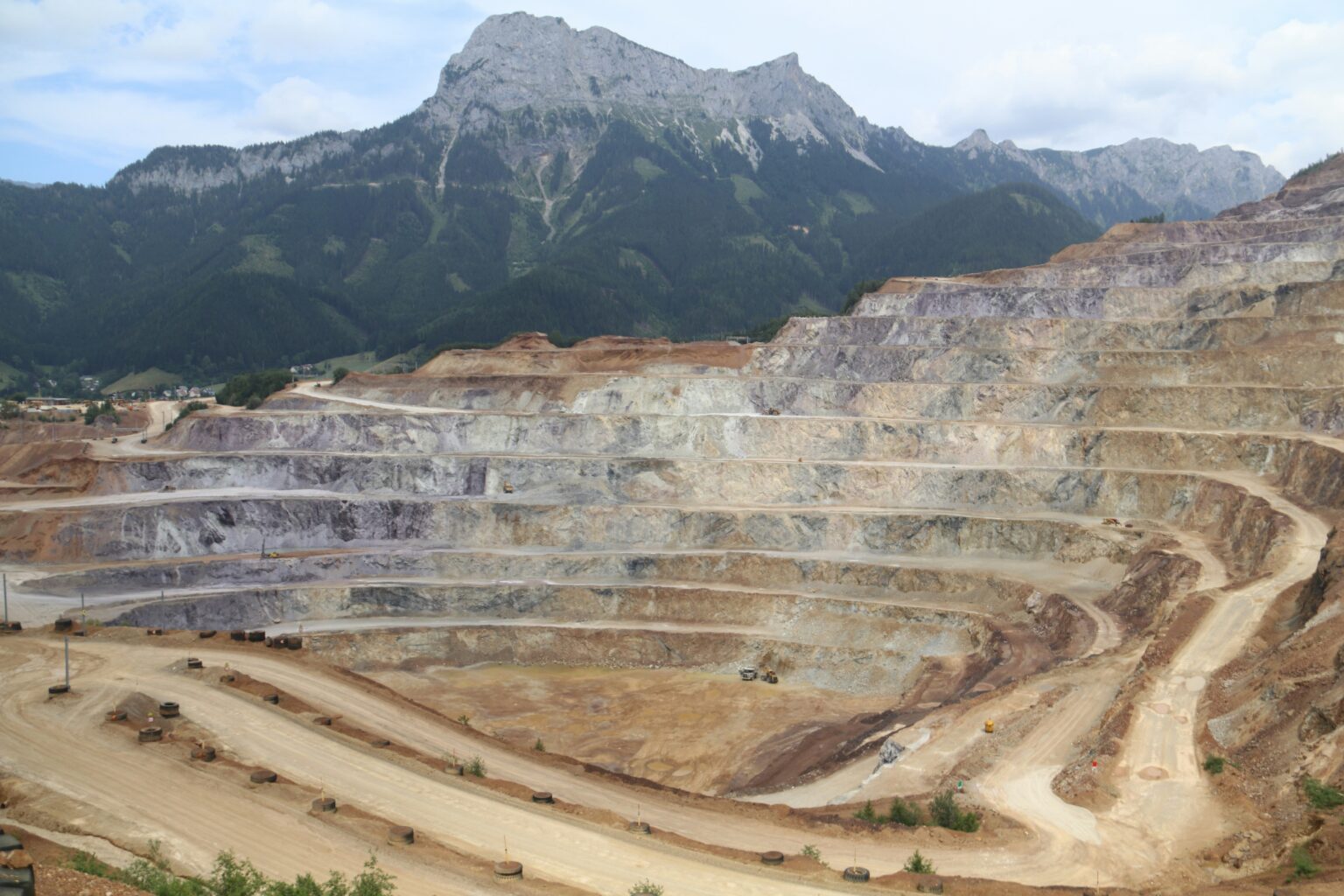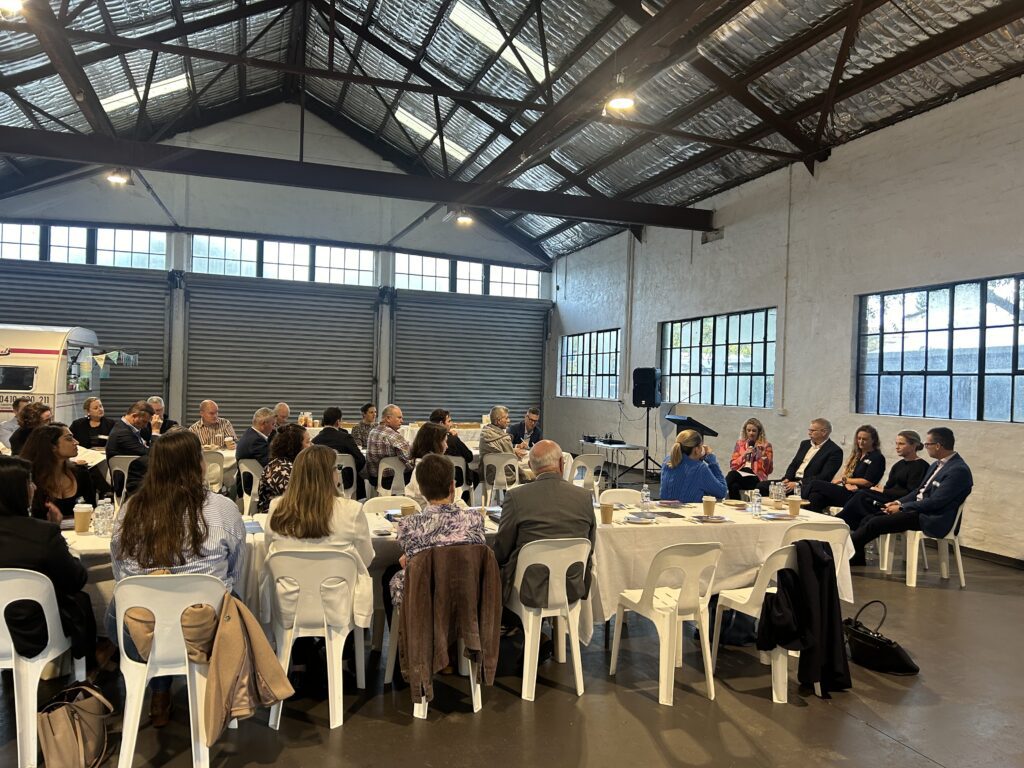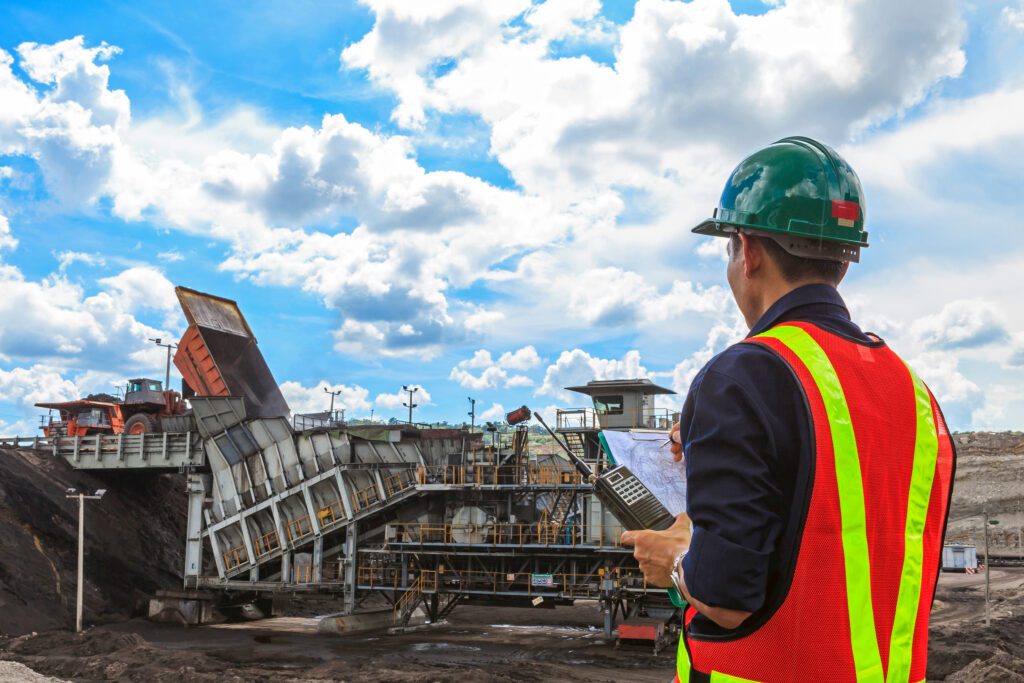Discussions have been ramping up on how artificial intelligence (AI) will transform the mining industry. The recent discovery of a large copper site aided by AI has seemingly turned that talk into reality. Silicon Valley based data-driven mining exploration company KoBold have made a significant discovery in Mingomba, on the rich Zambian copper belt. The unicorn backed by the likes of Bill Gates, Jeff Bezos, Ray Dalio and more has delivered on their $1bn valuation, with recent data suggesting that it represents the most significant Zambian copper discovery in over a century.
While there are questions around the extent to which AI played a role in this discovery versus traditional exploration methods, or whether AI gave an edge in acquisition of the property, it does set a precedent for what the future of exploration may look like. Will AI replace old techniques and pave the way for emerging business models?
Coppertunity knocks:
KoBold’s mission is to leverage AI as the logical next step in enhancing mineral exploration in a world where finding minerals is increasingly challenging. Given copper’s irreplaceable role in the energy transition, this comes at an opportune time with intense copper demand influencing healthy spot prices and forward projections. A forecasted 6.5 million tonne annual shortage in copper supply to 2031 with ‘locked in demand growth’ over the next decade is expected to prompt the metal’s price to rise by $6,000 a tonne to attract substantial investment. Comparisons in scale and quality for the Mingomba mine are being drawn to the nearby Kamoa-Kalua mine in the Democratic Republic of Congo, which provided 393 kilotonnes of concentrated copper in 2023 (with a forecast yearly production increase of 18%). This combination of strong quality and size estimates with promising price projections represent an extraordinary opportunity for KoBold who will be determined to fast-track its next steps.
KoBold’s current business model evokes questions regarding extraction and future partnerships. They don’t yet sell or licence their technology, meaning they are currently an exploration partner in discoveries. With mining giant BHP buying into the company as an equity investor a few years ago, and president Josh Goldman seemingly open to new partnerships on the venture, this could suggest a major player could come on board and accelerate this project.
Exploring a new landscape:
KoBold’s recent discovery marks a potentially transformative development in the mining industry. Their detection of a sizable copper deposit within only 12 months of mining suggests their AI technology played an impactful role. KoBold’s system generates a detailed map of the Earth’s crust with satellite imagery and drilling data in a timely and cost-efficient manner. AI has been similarly harnessed by companies such as ALS GoldSpot to automate the processing of Big Data and generate prospectivity analyses and predictive models, improving accuracy and reducing uncertainty. Whilst the development of AI systems is not a new concept in exploration, the find in Zambia is significant for the progression and increased implementation of the cause.
It could also usher in a new paradigm of AI mining solutions from exploration to extraction and processing, all characterised by an ability to generate rich data quickly, improve decision-making and reach a required confidence level more efficiently. AI systems are likely to become more commonplace, paired with mining equipment such as sensor-based mineral sorting technology or used to develop efficient drill and blast plans.
Credit AI or geology?
Conversely, there is scepticism about the credit AI deserves for the discovery, considering the likely lack of quality input data available in the region before the company started exploratory drilling a year ago. Traditional methods were likely initially used to gather data, raising questions about whether AI was the main contributor to the discovery or if geological exploration work played a larger role behind the scenes.
Does this somewhat diminish KoBold’s achievement, or does it just prove that KoBold have expertly combined the world of geology and data, with the presence of AI being just one piece of the puzzle that can improve the efficiency of mineral exploration? According to president Josh Goldman, KoBold’s approach was never meant to bypass traditional geological exploration, but instead capitalise on decision-making improvements enabled by rapid generation of rich data. It is likely these hybrid geoscience/data science models will improve the accuracy of exploration to combat the increasing difficulty of mineral discovery.
In essence, KoBold has enhanced their technology with the implementation of AI coexisting with traditional mining processes. Its direct influence on the findings at Zambia can be debated, but its influence on the company’s innovative strategy to reduce uncertainty and accelerate decision-making processes is clear. In a mining industry which still employs 100-year-old geological processes, the perspective should be shifting from one of resistance to change, to one that wants to enhance existing systems with AI, creating a more productive solution to the supply issue faced by copper and other critical metals.


